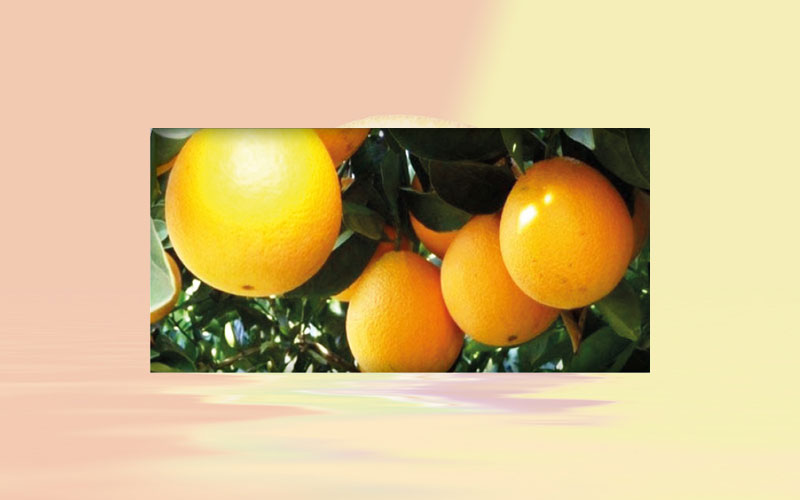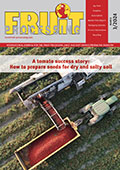Brazil: Smaller output may increase unit cost and constrain farmer’s revenue
Despite the firm sales prices, lower orange production in the 2018/19 crop from the citrus belt (São Paulo and Triângulo Mineiro) should constrain the revenue of farmers who trade with processors, since the lower number of boxes produced per hectare tends to push up the unit price.

Despite the firm sales prices, lower orange production in the 2018/19 crop from the citrus belt (São Paulo and Triângulo Mineiro) should constrain the revenue of farmers who trade with processors, since the lower number of boxes produced per hectare tends to push up the unit price. Only in southwestern SP, where production has not changed much, revenue may remain at high levels.
According to data released by Fundecitrus (Citrus Defense Fund) on September 10, this crop should be 31.4 % smaller than the previous (2017/18), totaling only 273.3 million boxes (40.8 kilos) of oranges. This volume is 5.2 % lower than that first forecast by Fundecitrus in May.
Lower production estimates confirm the initial expectations of the agents consulted by Cepea, who believe that the performance of the current crop may have been compromised by both the high rate of flower loss from the first blossoming (between August and October/17) and the lack of rains in the first semester of 2018. Fundecitrus has reported that the average weight of all varieties is lower than that forecast in May, because of the severe drought (May – July).
Lower domestic supply, in turn, has boosted orange prices to processors this year. Besides, inventories from the 2018/19 crop should again decrease to critical levels by June 2019, according to forecasts from CitrusBR (Brazilian Association of Citrus Exporters), totaling only 146.7 thousand tons of juice, the second lowest in the CitrusBR series, which started in 1988/89, and only enough for two months of exportations.
After the new estimates were released, prices have been stable in the spot market, at 24 BRL per 40.8-kilo box, harvested and delivered at the processor. However, quotes had already increased last month, when CitrusBR anticipated that estimates from Fundecitrus could be revised down. Despite the smaller amount available for crushing, the average yield is forecast to be higher than in the previous crop, due to the dry period in the citrus belt from May to July (CitrusBR).
Most farmers have already closed deals with the industry – since November/17, processors’ bidding prices have been up to 22 BRL per box. Thus, if quotes increase at processors from now onward, the few farmers with fruits available will still be favored.
SHORTER HARVEST – The new report from Fundecitrus has highlighted that the 2018/19 crop harvesting may end earlier, which, in turn, may push up orange quotes in early 2019, when supply is usually low. So far, 36 % of the oranges from that crop have been harvested, 2 percentage points above the same period last season.
IN NATURA MARKET – The low supply of fruits with the quality demanded by the in natura segment underpinned orange prices in the first fortnight of September. Thus, from September 3 to 14, pear orange quotes averaged 30.81 BRL per 40.8-kilo box, on tree, 10.6 % up compared to that in the first fortnight of August.
In the market of tahiti lime, supply is low, which increased quotes in the first fortnight of September – in the first week of the month, prices surpassed 90 BRL per 27-kilo box. Between September 3 and 14, tahiti lime quotes averaged 67.42 BRL per 27-kilo box, harvested, a staggering 83 % up compared to that in the same period last month.
On the other hand, higher quotes have constrained exportations, due to the competition with the fruits from Mexico. According to Fresh Plaza website, tahiti lime shipments to Europe usually step up starting June, both from Brazil and Mexico.
In general, the exportation season for tahiti lime was positive in the first semester, but shipments decreased in both July and August, according to Secex, by 21.5 % and 8.2 %, respectively, compared to the same months of 2017. From January to August this year, exports totaled 76 thousand tons, a slight 0.4 % down compared to the same period last year.









